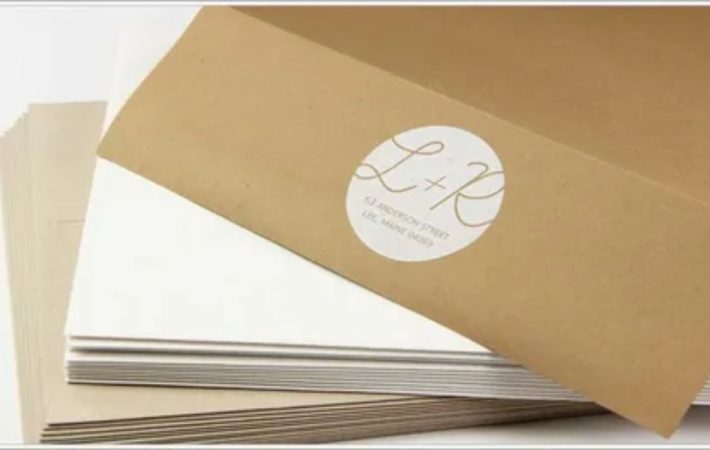If you’ve ever sneezed uncontrollably while cleaning your apartment, you know how frustrating it can be to manage the dust and allergens that seem to cling to every surface. Whether you have a pet, live in a city with high pollution, or just deal with the changing seasons, allergens and dust are common culprits that can make your living space uncomfortable. In fact, poor air quality caused by these particles can even trigger allergic reactions, asthma, or worsen other respiratory conditions.
When it comes to maintaining a clean, healthy, and comfortable living environment, apartment cleaning isn’t just about tidying up surfaces—it’s about ensuring that dust and allergens are effectively removed from your space. In this article, we’ll explore practical tips to manage these pesky intruders and help you create a healthier apartment with regular cleaning habits.
1. Understand Where Dust and Allergens Come From
Before diving into solutions, it’s essential to understand where dust and allergens originate. Dust is made up of tiny particles like dirt, dead skin cells, pollen, pet dander, and even small bits of fabric and paper. These particles settle on your furniture, floors, and in the air, contributing to poor air quality in your apartment.
Allergens, on the other hand, are substances that trigger allergic reactions. Common allergens include pollen, mold, dust mites, pet dander, and certain cleaning chemicals. These particles can settle in various areas of your apartment, causing discomfort or health issues for people sensitive to them.
The good news? With the right apartment cleaning routine, you can minimize exposure to these particles and improve the air quality in your home.
2. Regularly Clean and Vacuum Your Floors
One of the easiest ways to combat dust and allergens is by vacuuming regularly. Dust and allergens tend to accumulate on your floors, especially if you have carpets, rugs, or fabric furniture. While sweeping might remove visible debris, it doesn’t address the deeper dust particles that get trapped in the fibers.
A high-quality vacuum cleaner with a HEPA filter is essential for removing fine dust, pet dander, and other allergens. A vacuum with a rotating brush head will also help remove particles from carpets, where they tend to settle. Aim to vacuum your apartment at least once a week, paying extra attention to high-traffic areas, bedrooms, and under furniture.
3. Dust Surfaces with the Right Tools
Dusting might seem like a straightforward task, but using the wrong tools can simply spread the dust around rather than removing it. Instead of using a dry cloth or feather duster that just stirs dust into the air, opt for a microfiber cloth. Microfiber attracts dust, trapping it in the fibers, which makes for a more effective cleaning experience.
Be sure to dust surfaces regularly—at least once a week. Don’t forget places like ceiling fans, baseboards, light fixtures, window sills, and blinds, where dust can build up unnoticed. For larger surfaces like shelves and tables, wipe them down with a damp cloth to catch the dust more effectively.
4. Control Humidity to Prevent Mold Growth
Humidity is one of the main culprits behind mold and mildew growth. These allergens thrive in damp environments, making bathrooms, kitchens, and basements prime spots for mold development. Mold spores can spread through the air and trigger allergic reactions, so keeping your apartment dry is a key part of apartment cleaning.
To reduce humidity and prevent mold growth, consider using dehumidifiers in areas prone to moisture. Ventilate areas like the bathroom and kitchen by using exhaust fans or opening windows when cooking or showering. For areas with high humidity, such as the basement, ensure proper ventilation or invest in a dehumidifier to keep moisture levels in check.
5. Wash Bedding and Upholstery Regularly
Your bedding, curtains, and upholstery are hot spots for dust mites, pet dander, and other allergens. Dust mites, in particular, thrive in warm, moist environments like bedding and upholstered furniture. Regular washing and cleaning of these fabrics is crucial to minimizing allergens in your apartment.
- Bedding: Wash sheets, pillowcases, and blankets at least once a week in hot water to kill dust mites and remove allergens.
- Upholstery: Vacuum upholstered furniture regularly, and consider using slipcovers that are machine washable.
- Curtains: Curtains can harbor a lot of dust, so wash them every few months or vacuum them if they’re not machine washable.
By keeping these items clean, you reduce the number of allergens circulating in your apartment, helping you maintain a healthier living environment.
6. Air Purifiers and Indoor Plants: Natural Allies Against Allergens
Air purifiers are a great investment for anyone dealing with high levels of dust or allergens in their apartment. A good air purifier with a HEPA filter can capture airborne particles, such as dust, pollen, pet dander, and even smoke, making it easier to breathe and improving the air quality.
Additionally, certain indoor plants can help purify the air and reduce allergens. Plants such as spider plants, snake plants, and peace lilies naturally filter out toxins and help maintain humidity levels. However, be cautious about plants that might harbor mold or attract dust; keep them clean by wiping down the leaves regularly.
Conclusion: Stay Ahead of Dust and Allergens in Your Apartment
Dealing with dust and allergens in your apartment can feel like an ongoing battle, but with a regular apartment cleaning routine, it doesn’t have to be overwhelming. By keeping your floors, surfaces, and fabrics clean, controlling humidity, and using air purifiers, you can significantly reduce allergens and improve the air quality in your home.
Incorporating these cleaning habits into your routine will help keep your apartment healthier, fresher, and more comfortable, allowing you to enjoy your living space to the fullest. If you don’t have the time or resources to keep up with regular cleaning, consider hiring a professional cleaning service to help.
Remember, a cleaner apartment isn’t just a matter of appearance—it’s about creating a space where you and your loved ones can breathe easier and live better.





Leave a comment
Your email address will not be published. Required fields are marked *